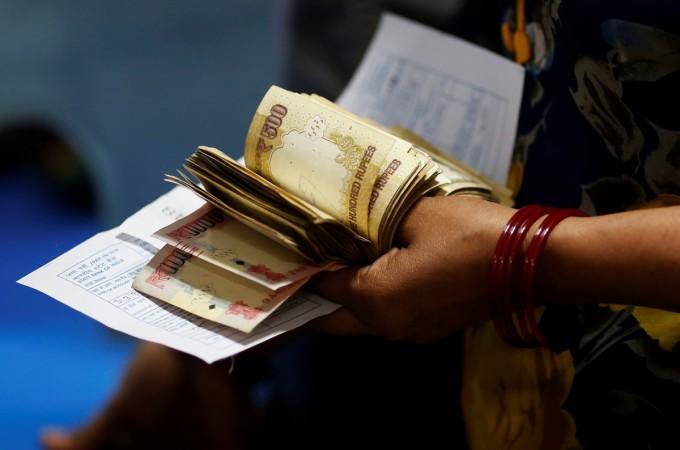
In Kolkata's Burrabazar, the demonetised Rs 500 and Rs 1,000 notes are being bought for Rs 550 and Rs 1,100 respectively. The price of the old notes has increased in the span of one month.
While the old Rs 1,000 notes were being bought for Rs 800 and Rs 850 earlier, they are now being bought at a higher rate, according to the Times of India. The reversal in the exchange rate is said to have occurred because shell companies need to stack up the cash-in-hand in their balance sheets to show paper transactions. The accountants in the city told the newspaper that this is being done to show more cash in balance sheets to justify transactions before the end of third quarter on December 31.
The cash-in-hand is the amount of notes or coins held by the company. It is used for paying small amounts not deposited in banks, and can be used to avoid tax.
After the announcement of demonetisation by Prime Minister Narendra Modi on November 8, companies either deposited their money in banks or got it exchanged. However, with the exchange limit of old notes being low, the cash-in-hand is low with companies. The trading in Burrabazar is thus being done to stack up the cash.
Income Tax officials have reportedly discovered many companies that show more cash-in-hand than they physically possess.
Companies that have shown cash-in-hand over a long period of time have the money mainly in Rs 500 and Rs 1,000 notes, which can be deposited in banks until December 30 2016, according to the Reserve Bank of India. The demand for the scrapped currency has thus increased since the companies have to possess the money shown on paper.
"There is such a possibility but I can't say if anyone has utilised the scope to fudge the balance sheet," Anirban Datta, chairman of Institute of Chartered Accountants of India (eastern region), told the publication.









